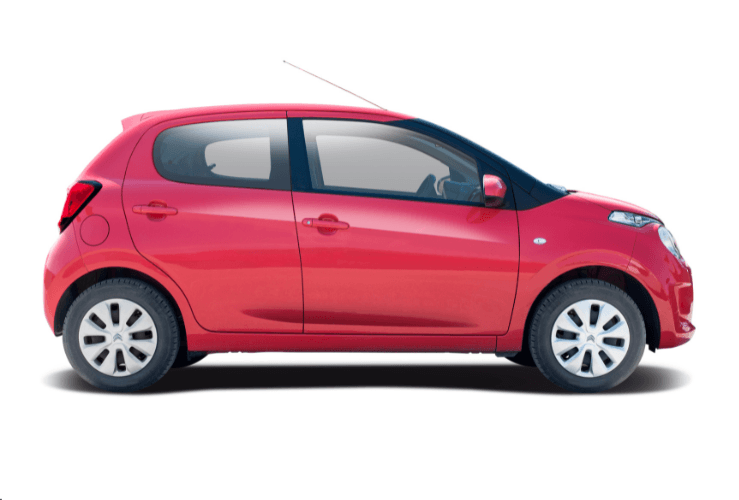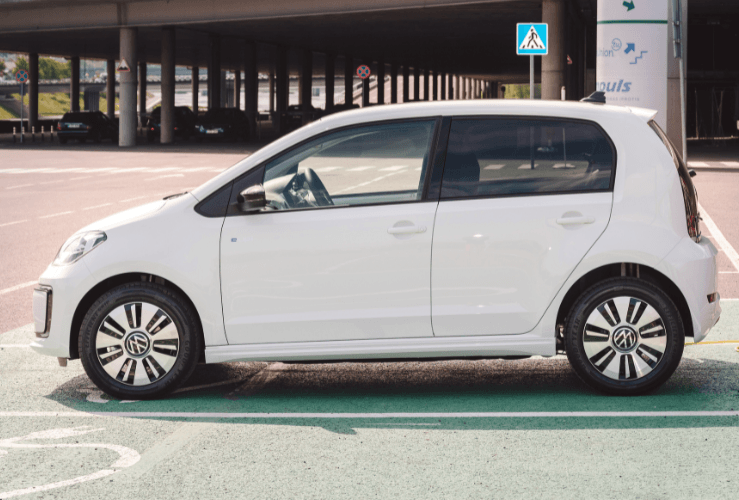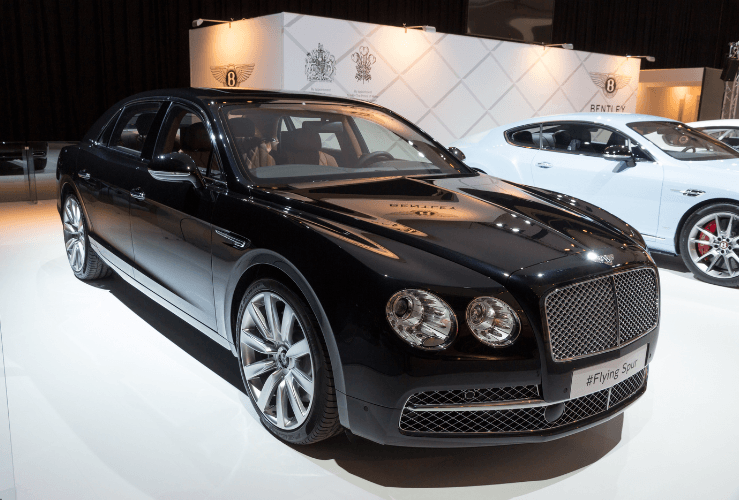Save money by understanding the UK's different car insurance groups - and how they impact annual premiums. Here we also cover other critical factors that affect how much you’ll pay for cover.
Car insurance groups in a nutshell
Your car will fall into one of 50 insurance categories.
Vehicles in category 1 are the smallest, cheapest models, while those in category 50 are the largest, most luxurious - and most expensive to repair or replace.

What the insurance categories mean for you
The easiest way to ensure you pay a lower annual premium is to buy a car in one of the lower insurance groups.
Insurers use a ‘group rating system’ to determine a car's category.
However, even if your vehicle falls into a higher end category, you may still be able to reduce your premium by shopping around.
How your vehicle's insurance category is determined
Every car in the UK is evaluated by the 'group rating panel' which consists of Thatcham Research, the Association of British Insurers, and Lloyd's Market Association.
They look at the following to place a model into a certain category:
- Cost when new: The purchase price of a vehicle is a good indication of possible repair bills - and cost of replacement.
- Parts and repair: How likely a vehicle is to sustain damage is looked at (certain models feature more prominently in collision data), alongside the cost of 23 commonly-replaced parts.
- Repair times: Some cars take longer, on average, to repair than others. This can influence repair costs since labour is a significant part of the bill.
- Safety equipment: Cars featuring autonomous emergency braking (AEB) are less likely to suffer a low-speed front-to-rear collision, and may be more likely to land in a lower insurance bracket.
- Performance: Top speed and acceleration are considered since higher-performance cars are more liable to be involved in a collision.
- Bumper design: The structure and alignment of a vehicle's bumper unit impacts how well it comes out of a collision, so is a factor when determining its insurance category.
- Car security: A car may be placed in a lower insurance category if it features security systems such as immobilisation tech and alarms. That said, replacement costs for fobs and keys can be high.

Credit: Konstantinos Moraiti - stock.adobe.com
What factors place a car in a lower insurance bracket?
Cars placed in lower insurance categories tend to be smaller with low-output engines, have basic specifications, and have a comparatively low new purchase price.
The VW Up! and Citroen C1 are examples.
What about electric cars?
The same 50-group system is applied to electric cars. However, since replacement parts can be more costly and repair times longer, an EV can be put into a higher category than a combustion engine vehicle of similar performance and spec.
As repair services gear themselves more towards EVs, repair costs and therefore premiums should come down in the future.
Insurance categorisation isn't the only factor insurers look at...
Insurers also look at a range of other factors when working out your annual insurance premium.
These include:
- Your age: Statistically, younger drivers are more likely to be involved in a collision. This means younger drivers tend to pay more. Collisions drop off around the age of 25 - which is when premiums start to reduce.
- Your motoring history: Those with driving convictions will pay more for their insurance.
- Where you live: Postcodes that suffer more vandalism and theft than others see their residents pay more for cover.
- Your job: Those who work in certain jobs and professions are statistically more likely to be involved in a collision - and therefore are charged a higher premium.

Credit: Aleksandravicius - stock.adobe.com
Low insurance group factors:
A car rated closer to group 1 will possess the following characteristics:
- Small size
- Small engine
- Basic specification
- Low running costs
- Low maintenance and repair costs
- Lower new cost
- Low likelihood of theft (less desirable to criminals)
Group 1 examples
- Citroën C1
- Hyundai i10
- Fiat Panda
- Chevrolet Spark
- Kia Picanto Hatchback

High insurance group factors:
A car rated closer to group 50 will possess the following characteristics:
- Large size
- Larger, high performance engine
- High specification
- High running costs
- High maintenance and repair costs
- High 'new' purchase price
- Desirable to thieves since they can be sold on for a higher price
Group 50 examples
- BMW i8
- Bentley FlyingSpur
- Jaguar XE
- Audi A6 Avant
- Lotus Evora

Tips for reducing your car insurance premium:
- Pay a higher excess: if you agree to contribute more in the event of a claim, your premium will be reduced.
- Improve your car's security and storage: for example, by keeping it locked in a garage.
- Add a named driver: Adding an experienced named driver to your insurance policy will reduce how much you pay.
- Pay yearly: Insurers usually offer lower premiums if you pay in one lump sum for the year.
- Build up a no claims bonus: Insurers tend to offer lower premiums for those who have built up a history of few or no motor insurance claims.
- Install a telematics system: By agreeing to have a 'black box' fitted to your car, your insurer can monitor how - and how well - you drive. Better drivers will pay less for their cover.
- Drive less often: If you drive less you can give your insurer a lower approximate mileage. It stands to reason that if you drive less, there will be less opportunity for a collision.
- Choose a pay-as-you-go policy: These attract a basic monthly fee for cover, plus an additional charge based on how often you drive. Drive less and you’ll pay less.
- Compare different providers: By shopping around you may be able to save a significant sum. Car insurance comparison services can make this task easier and quicker. Before the advent of comparison sites, shopping around for insurance took much longer. However, be aware that the cheapest premiums might not always suit your needs or offer the best service. Read reviews before making a final decision.



